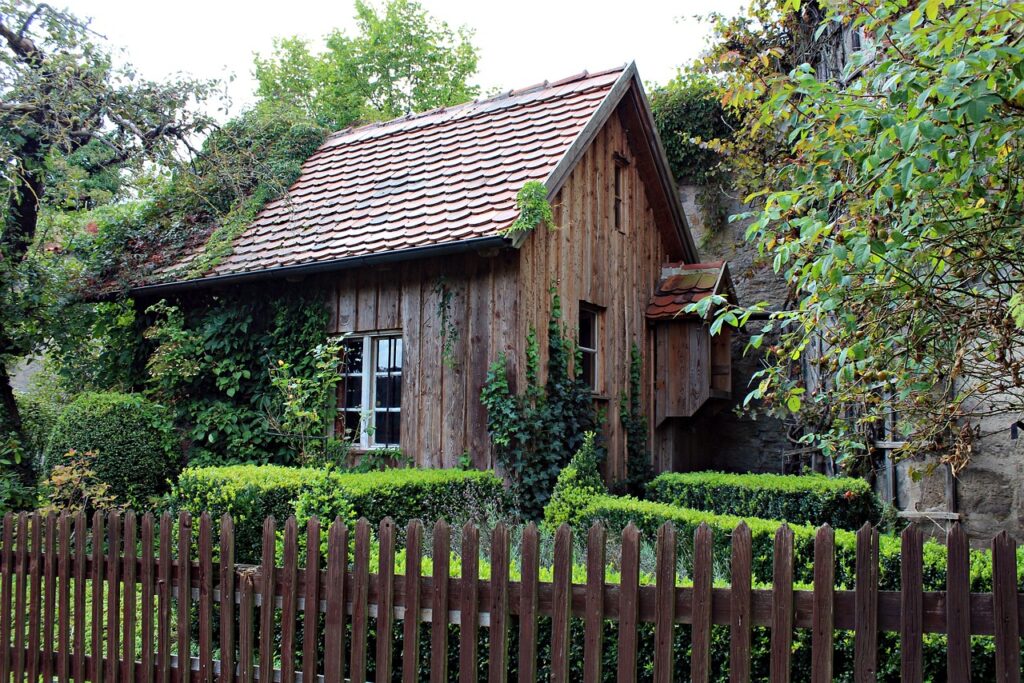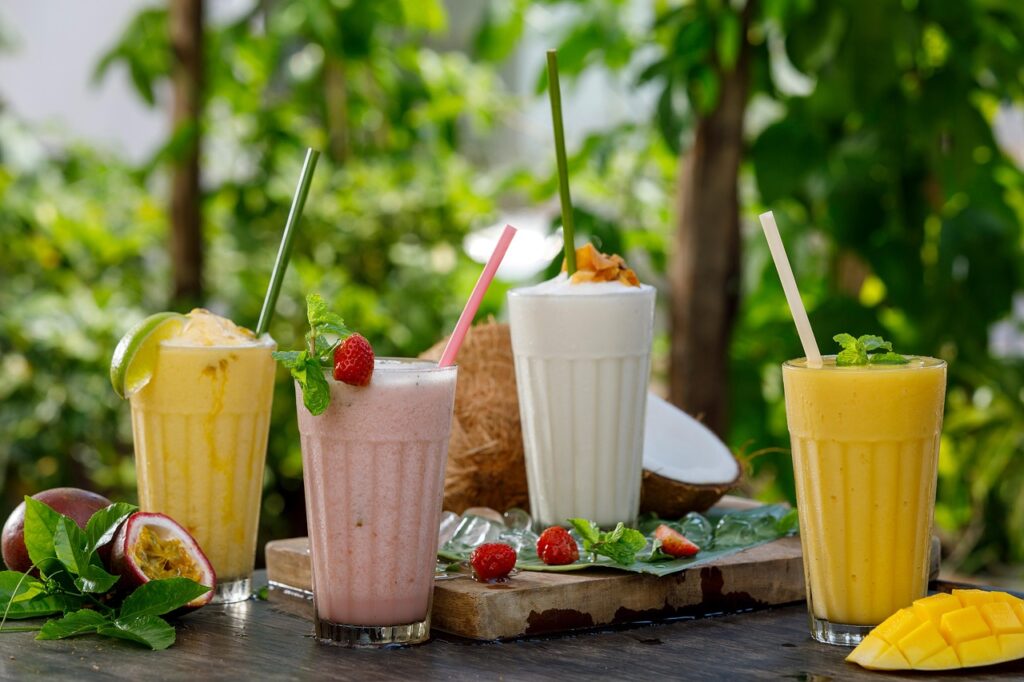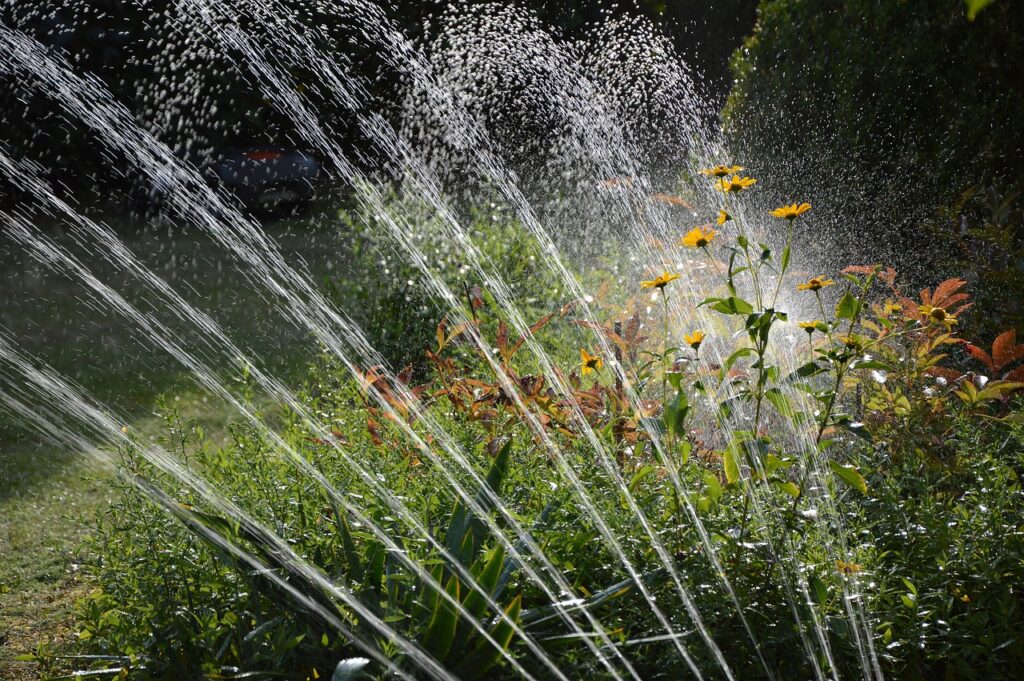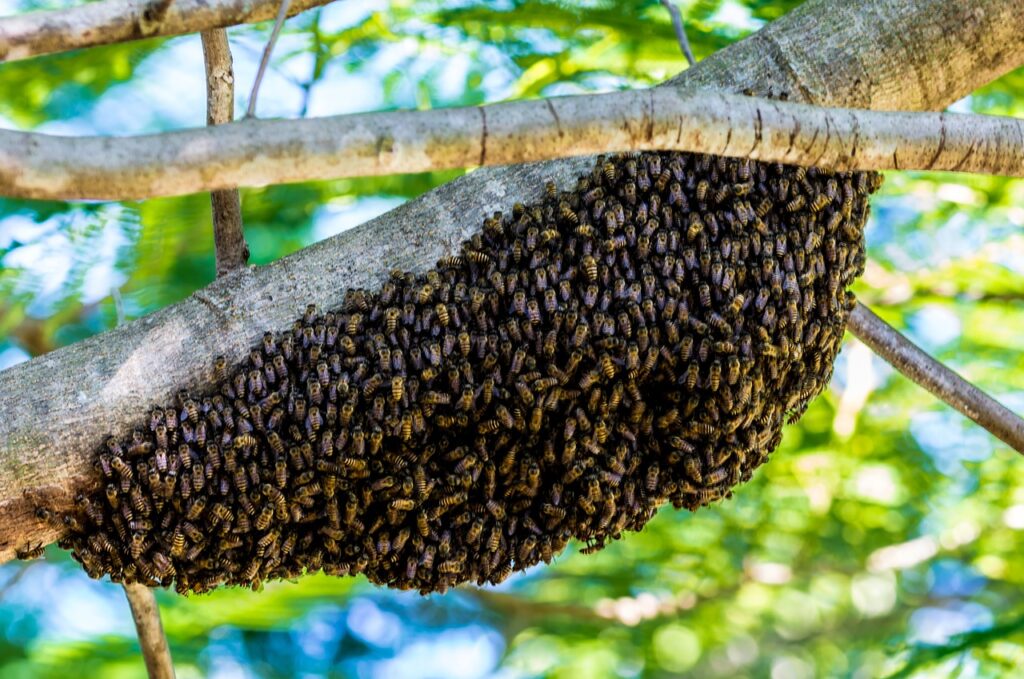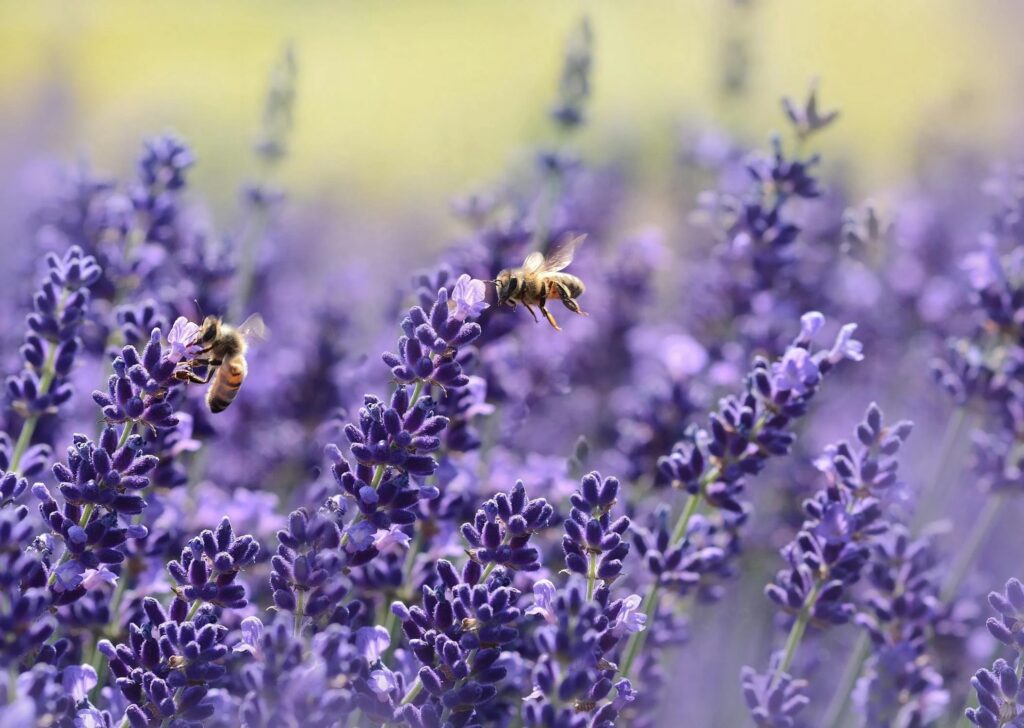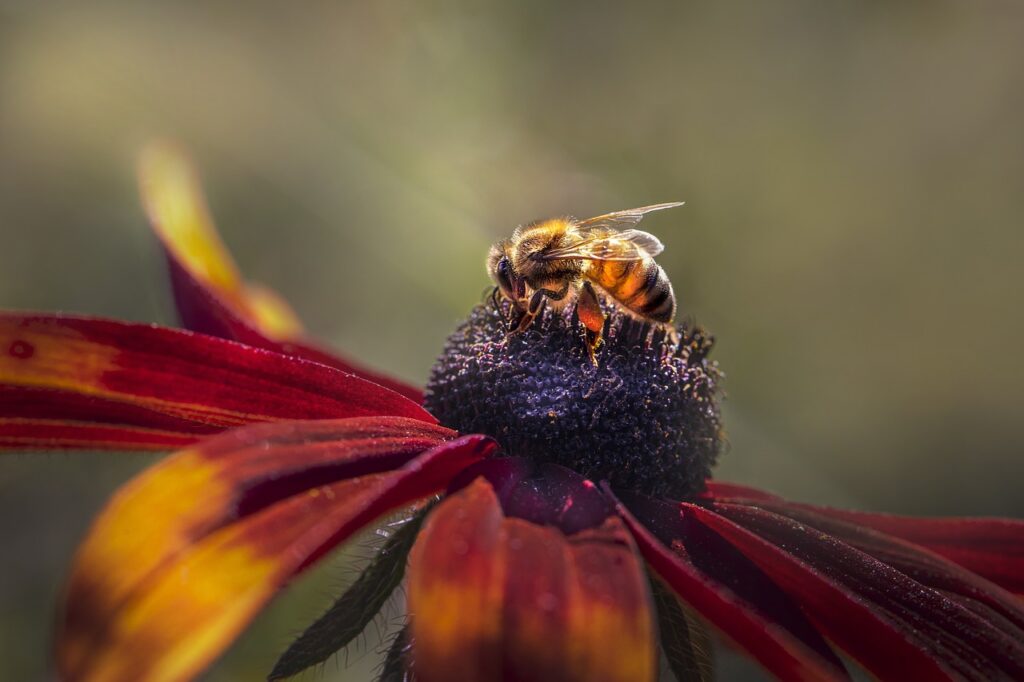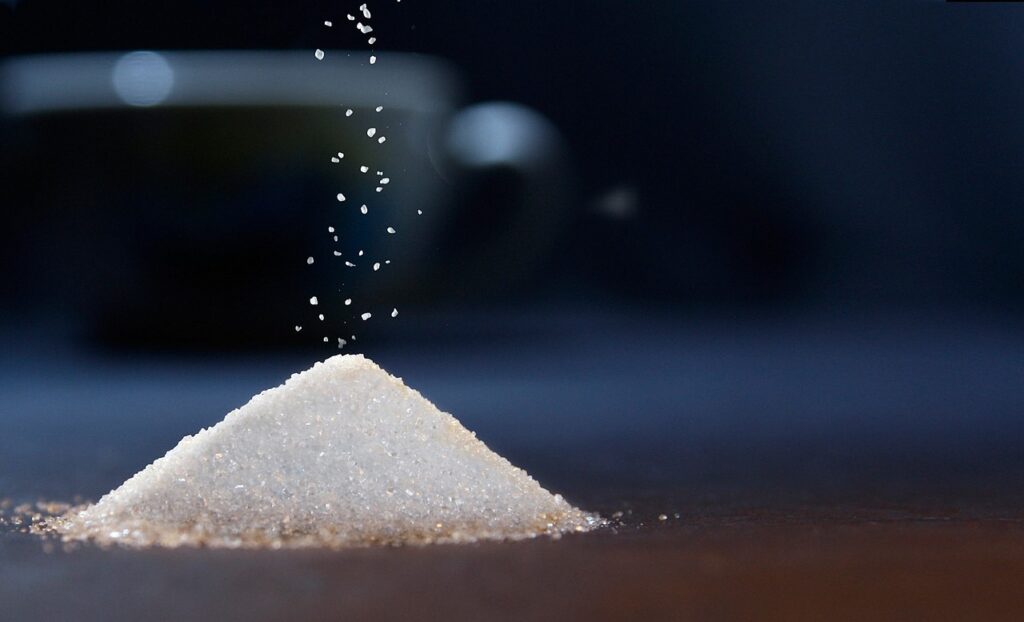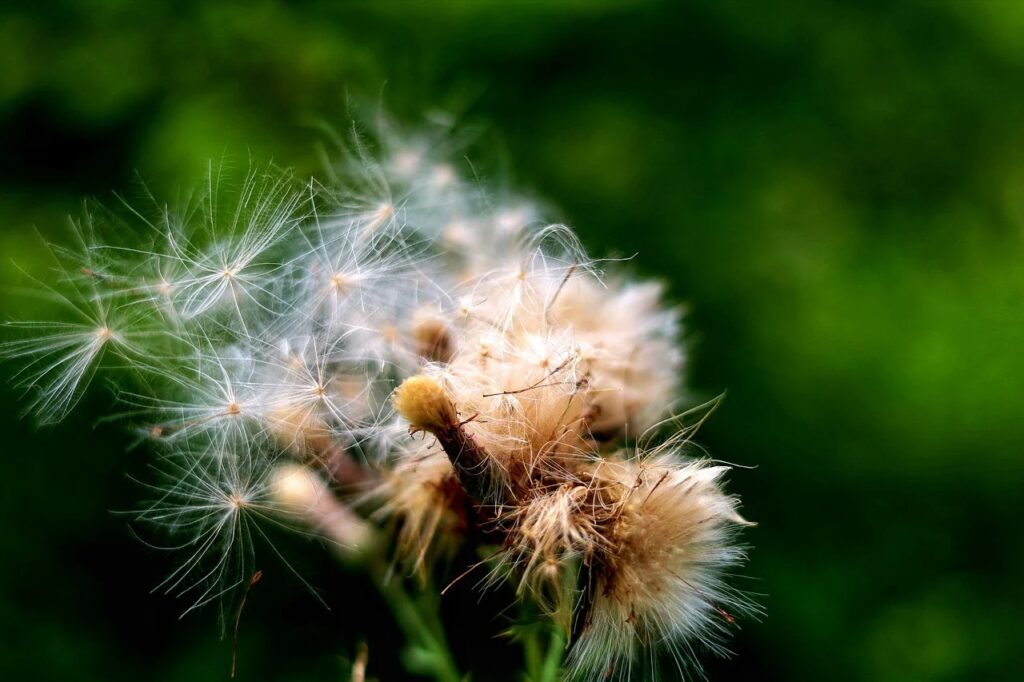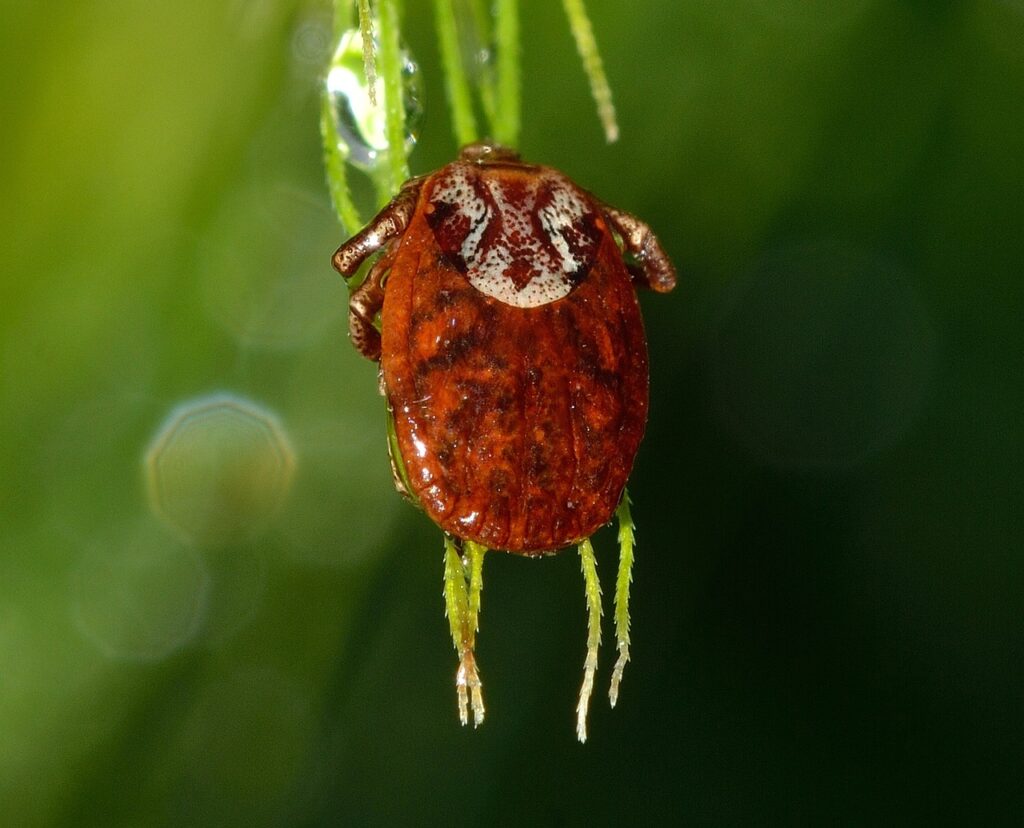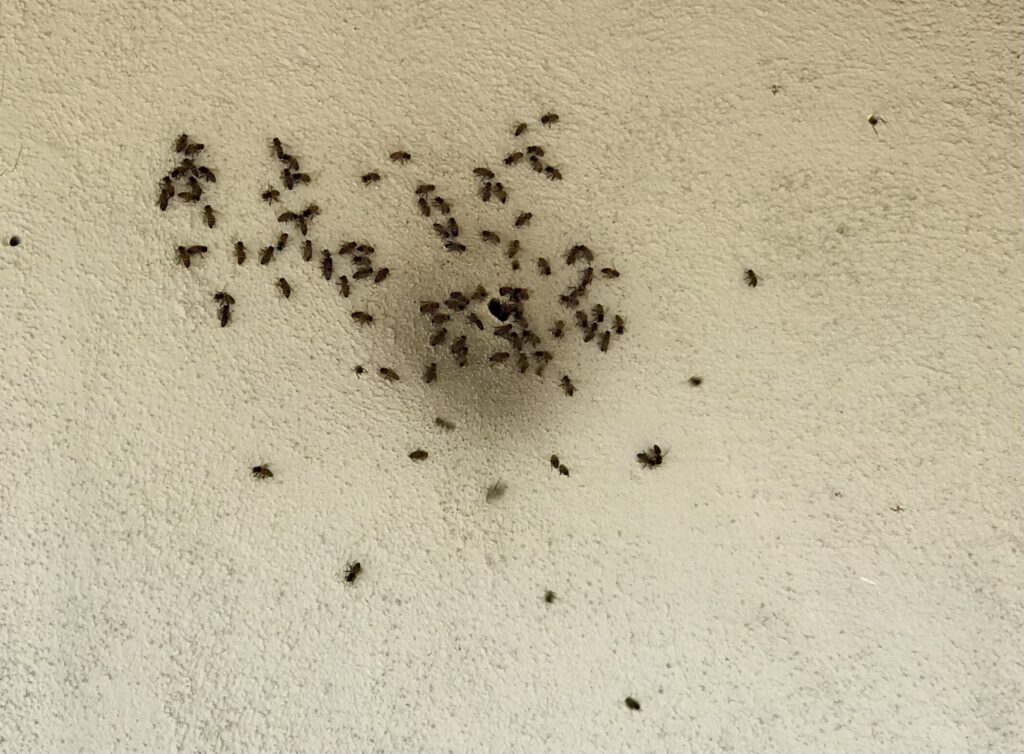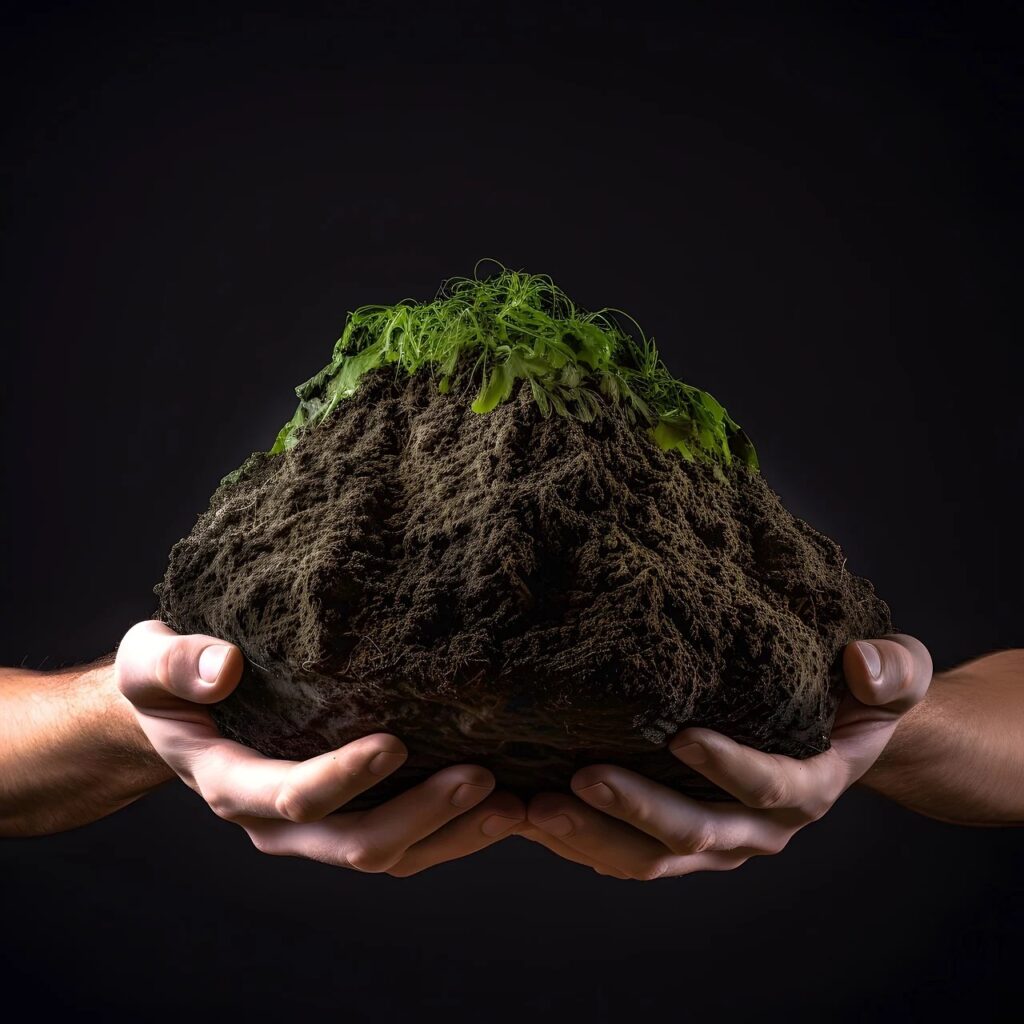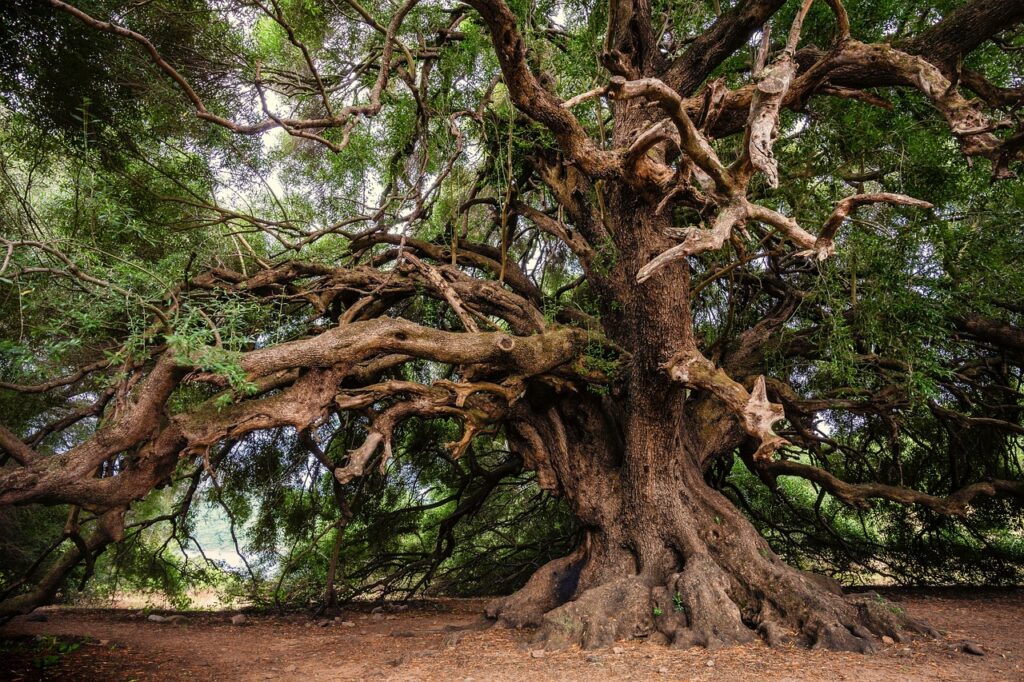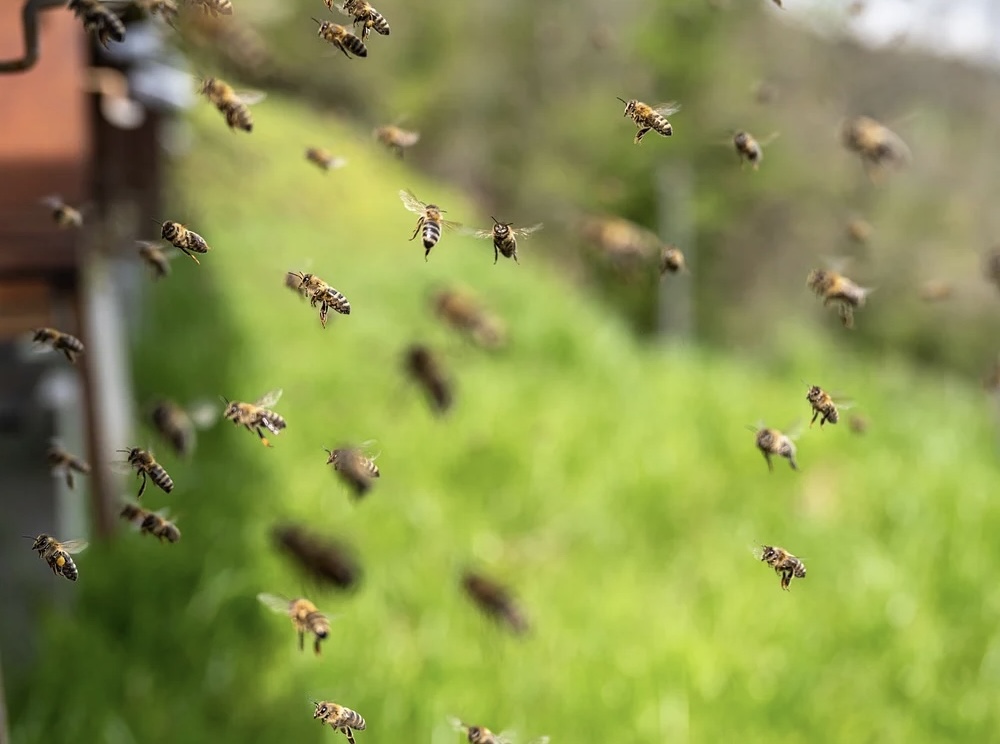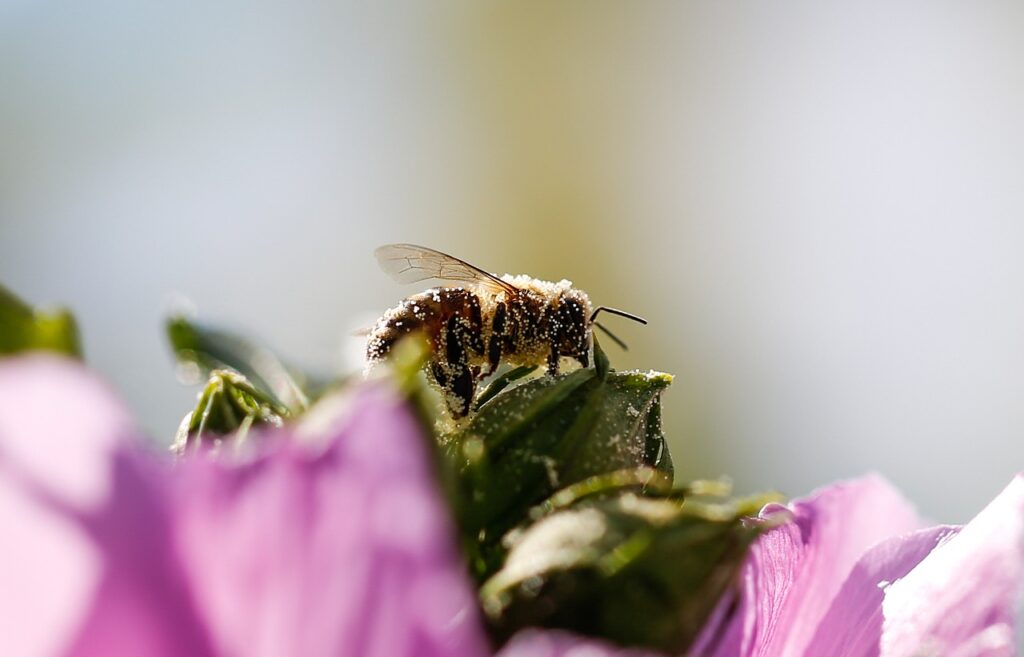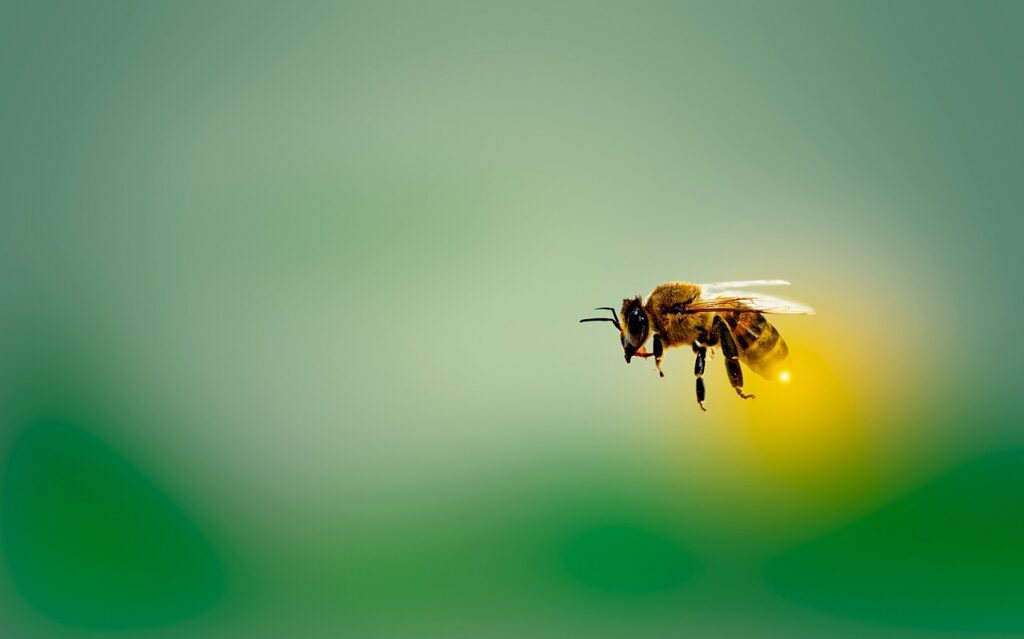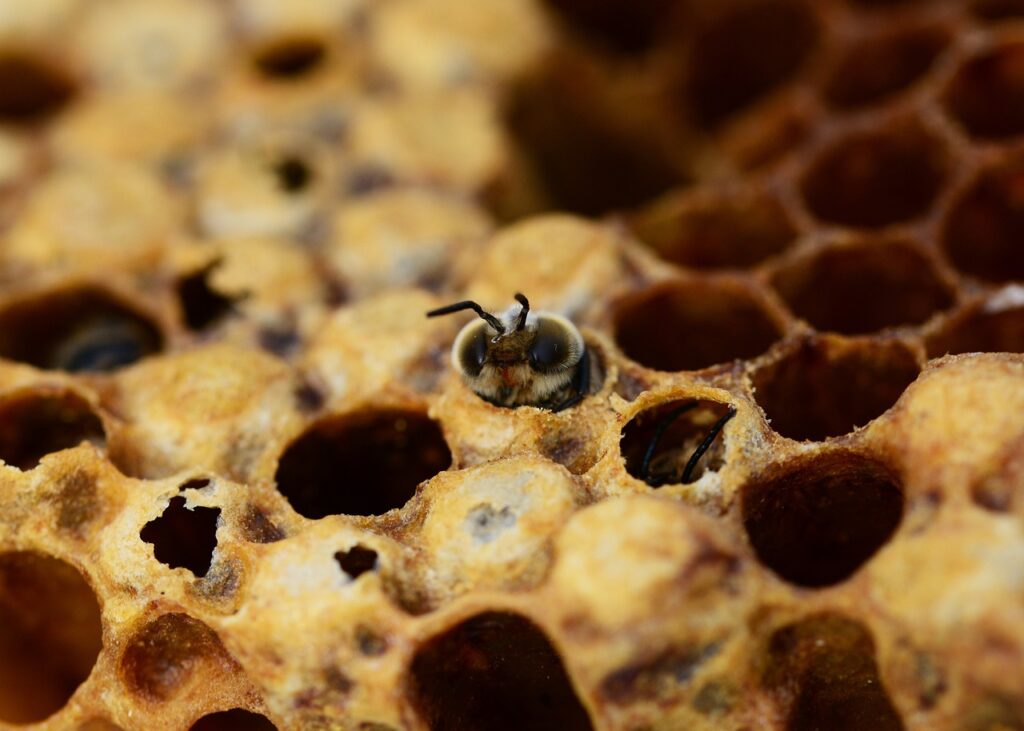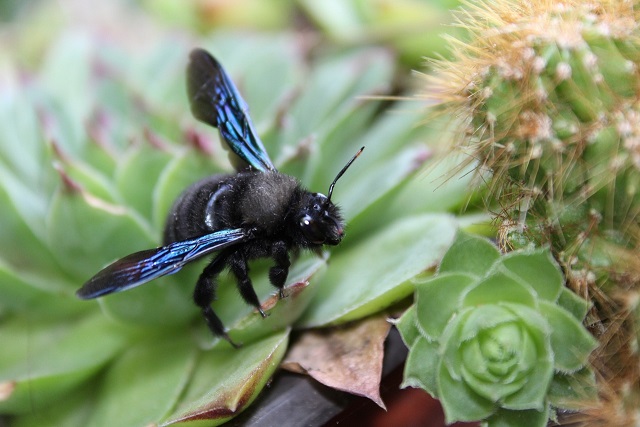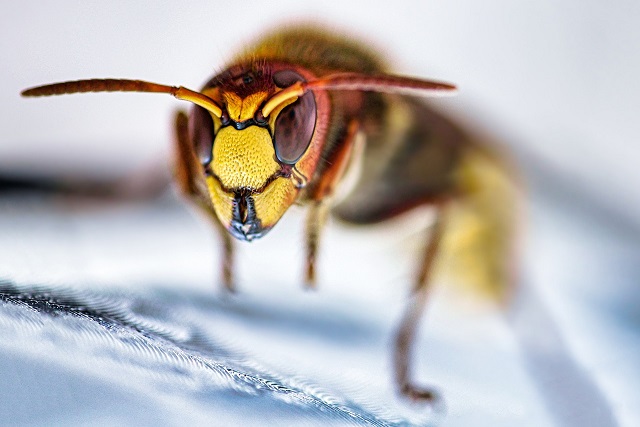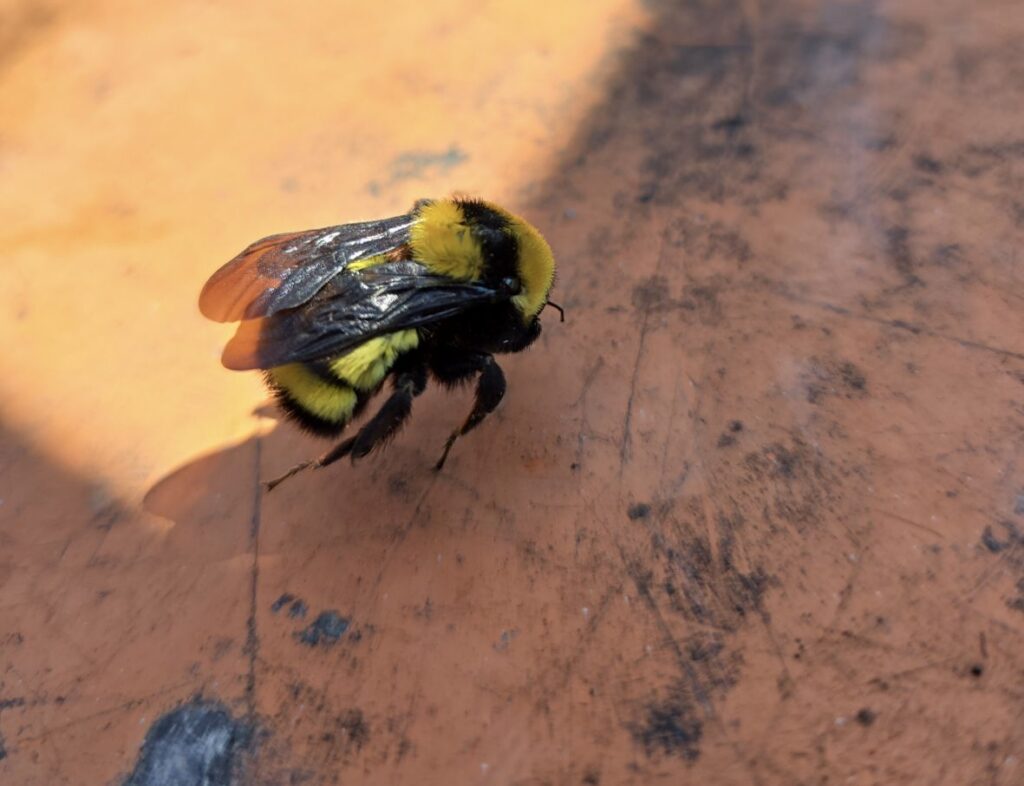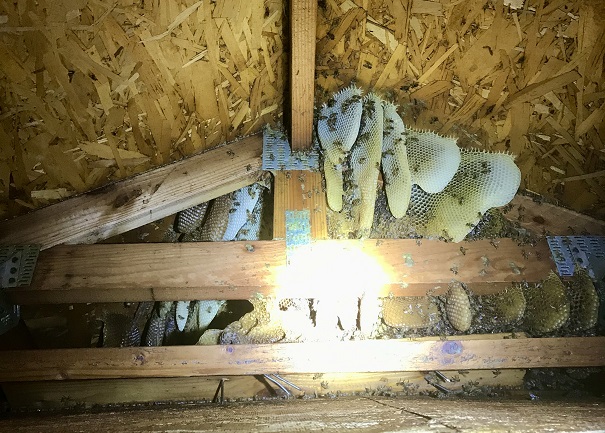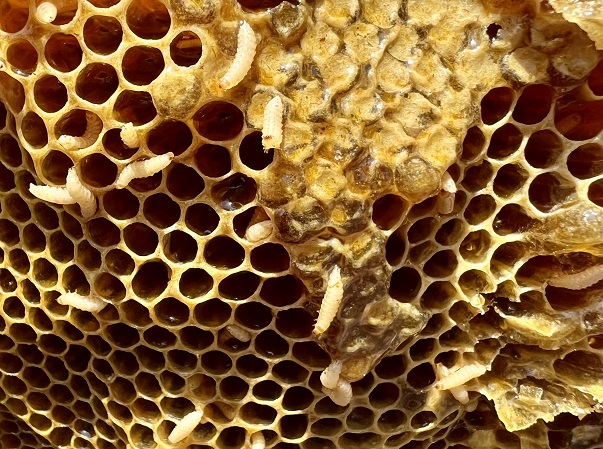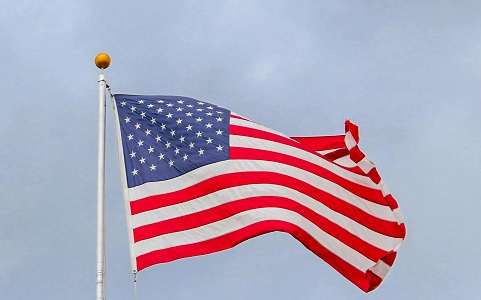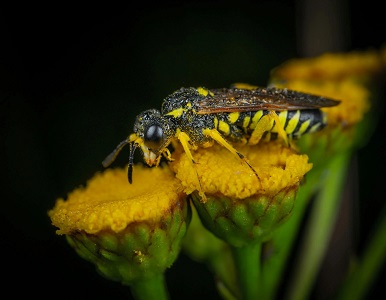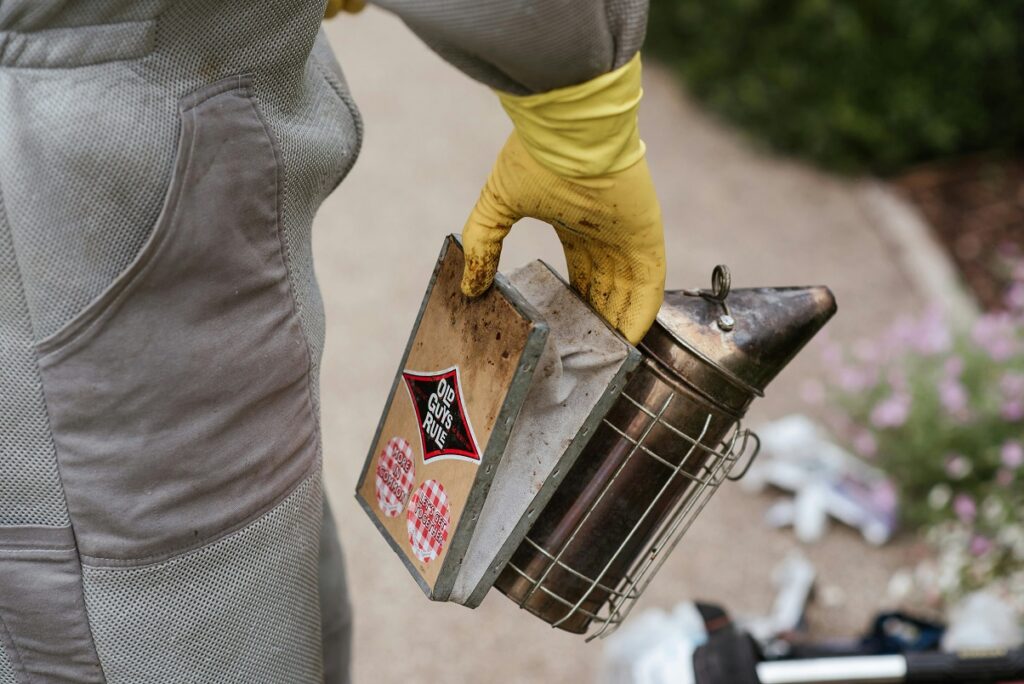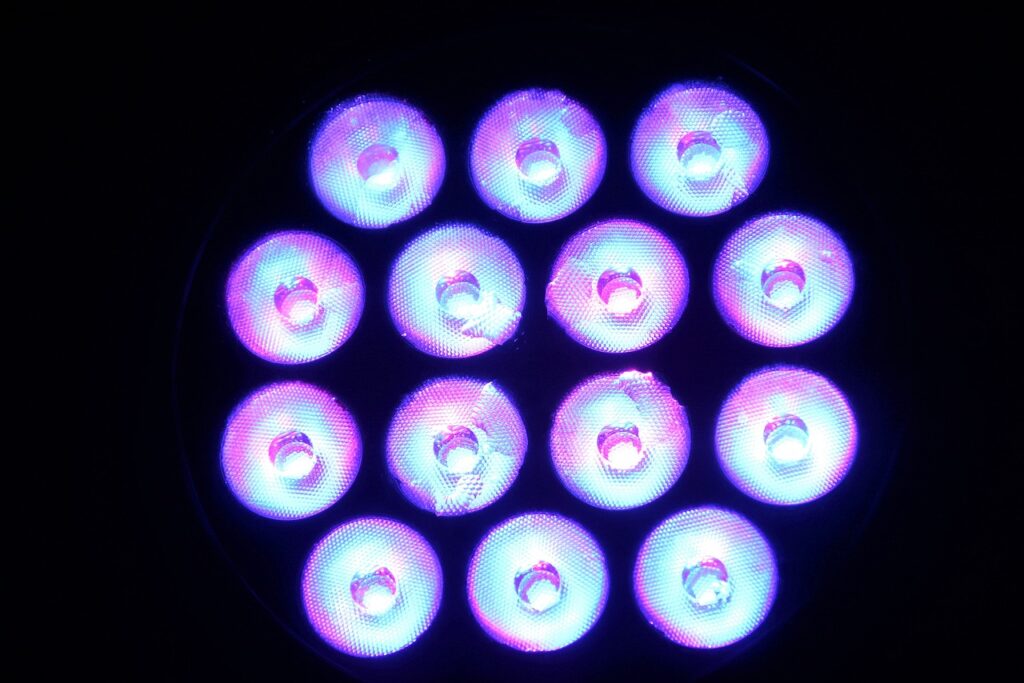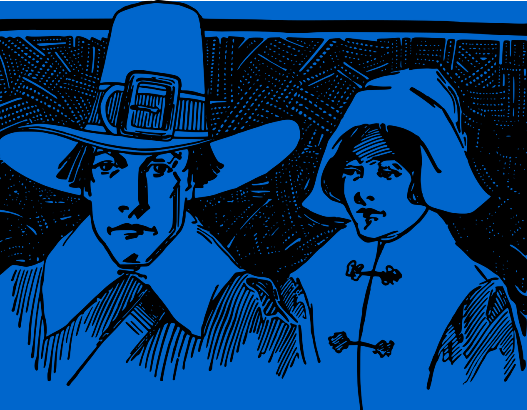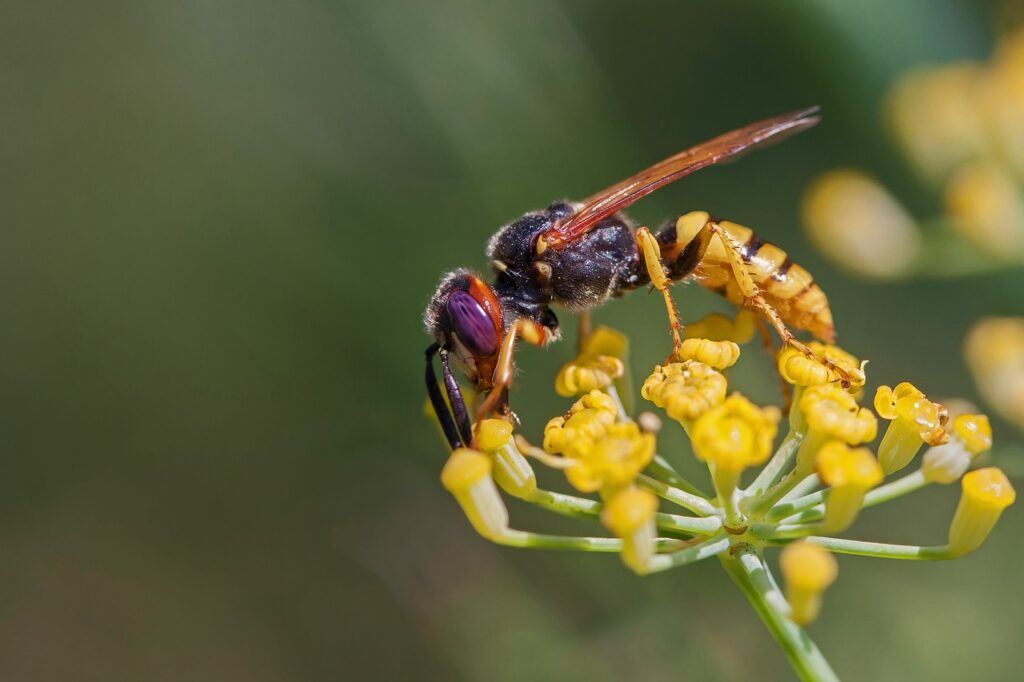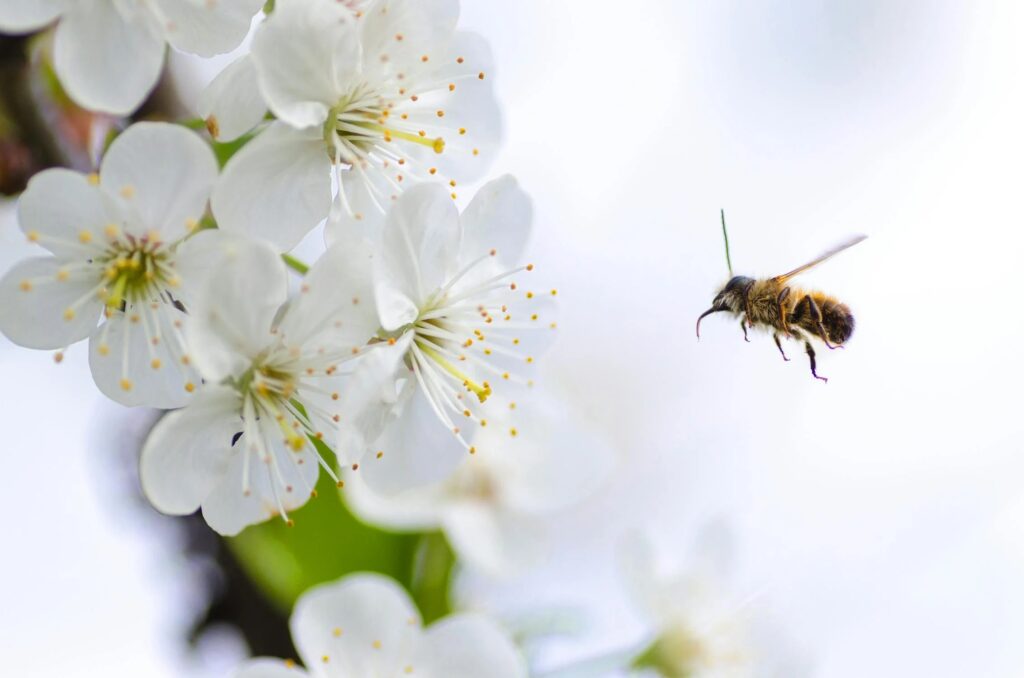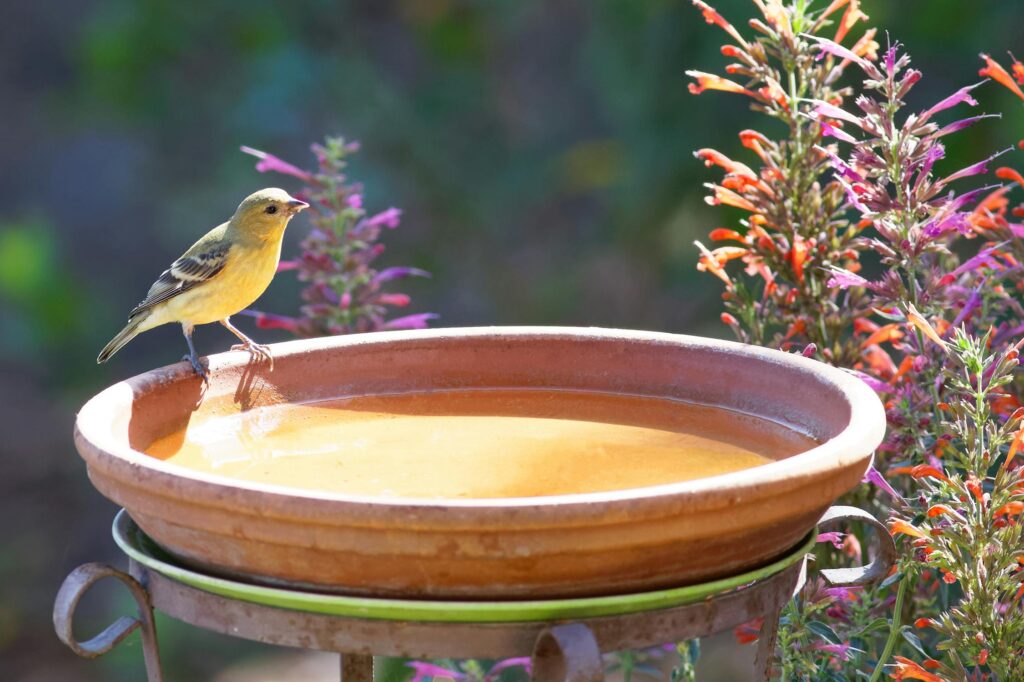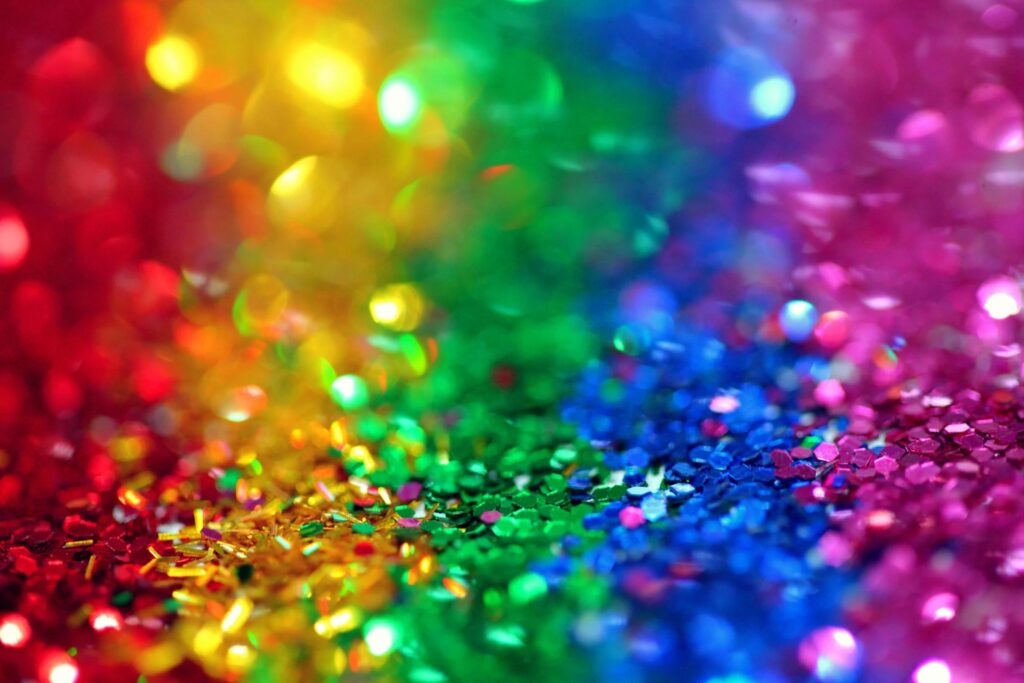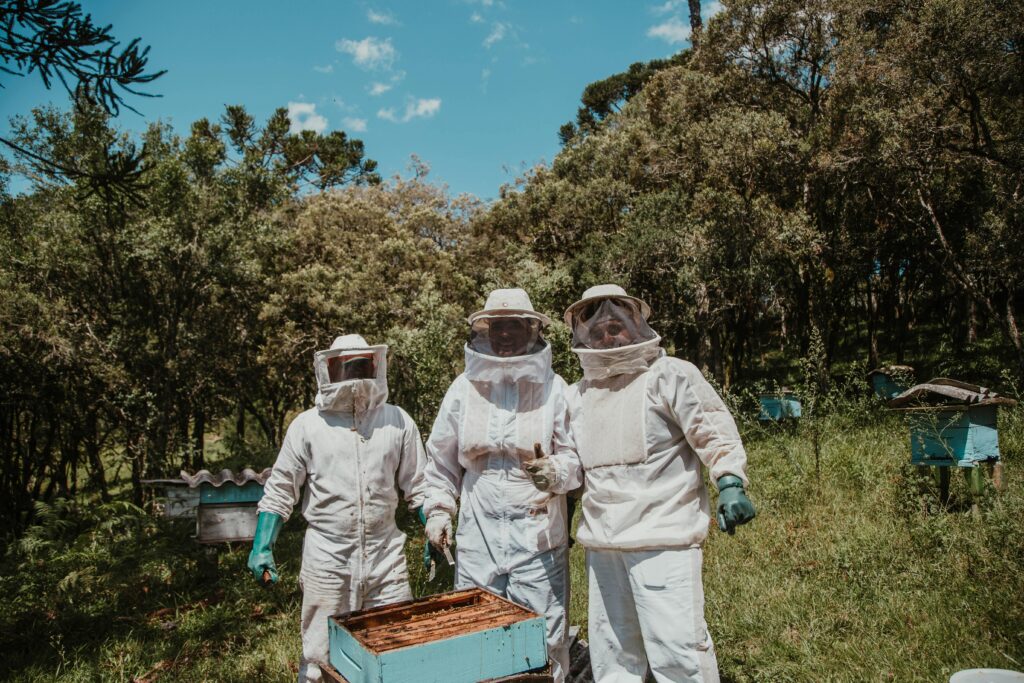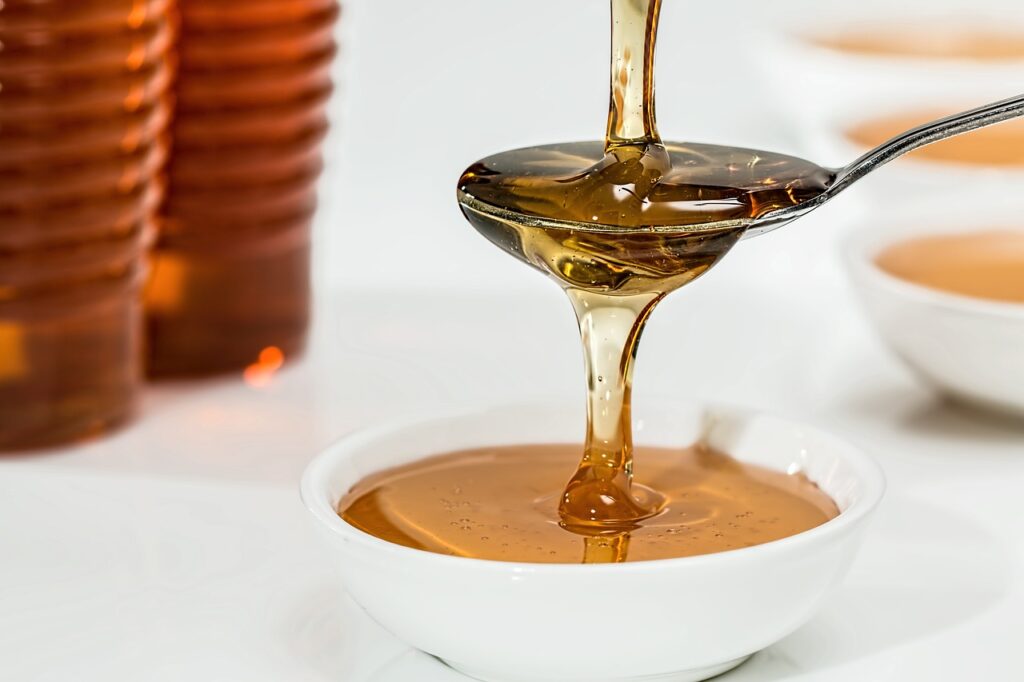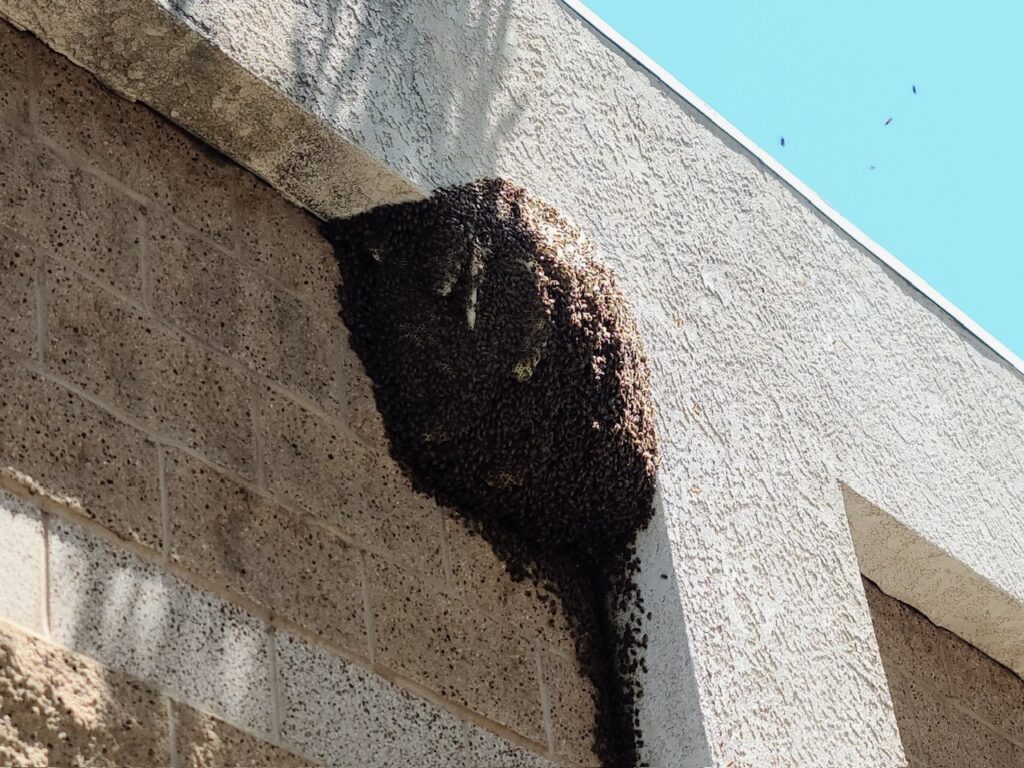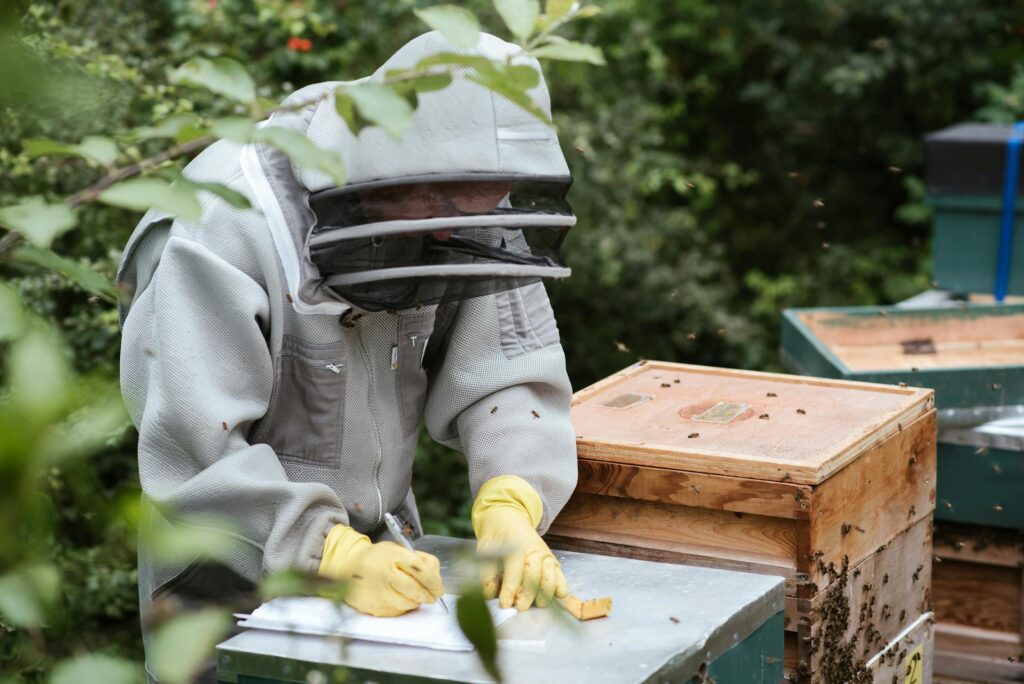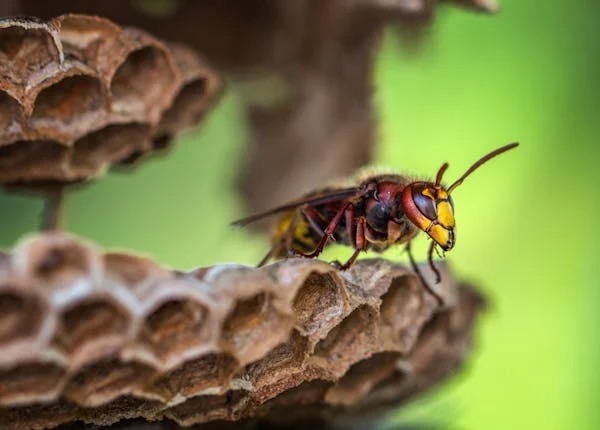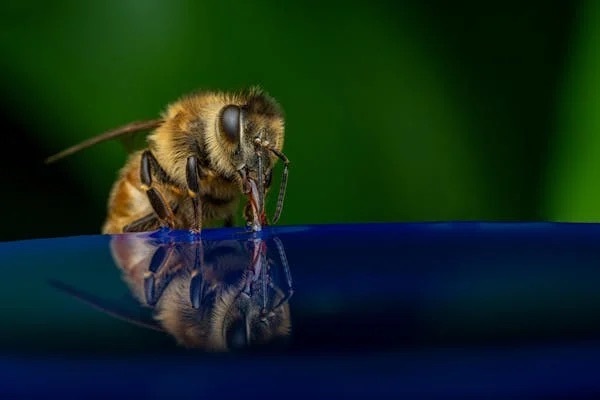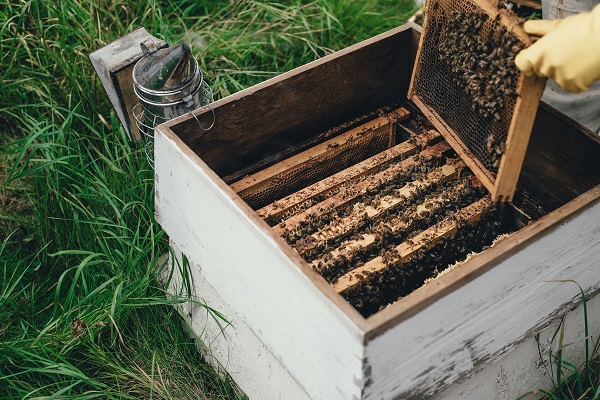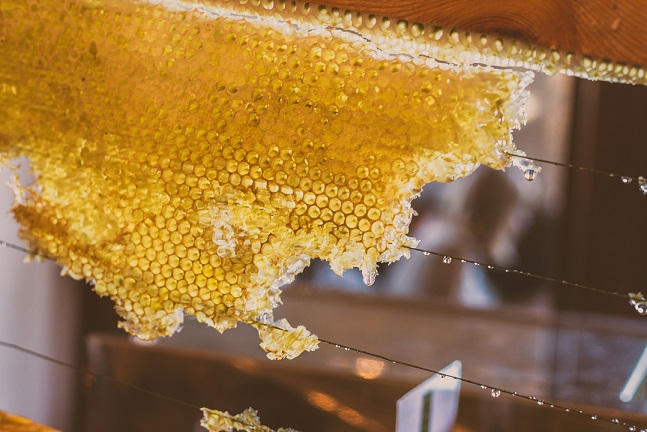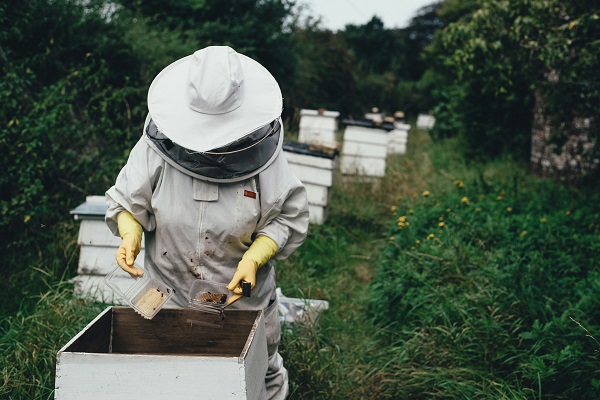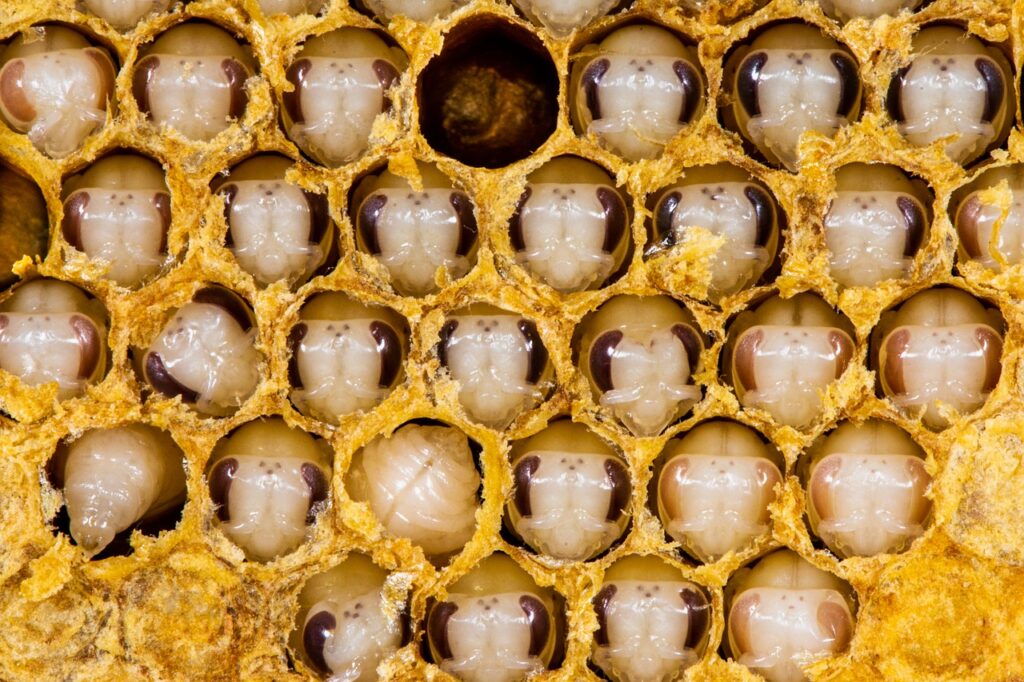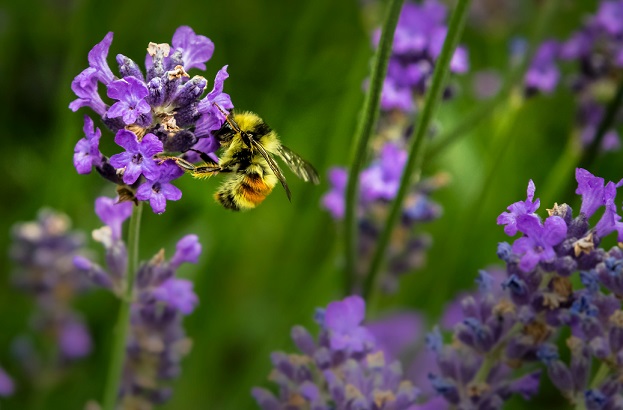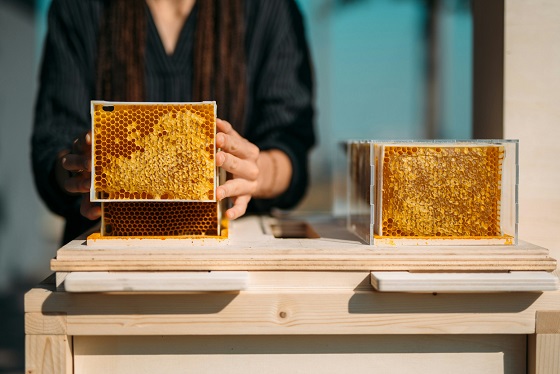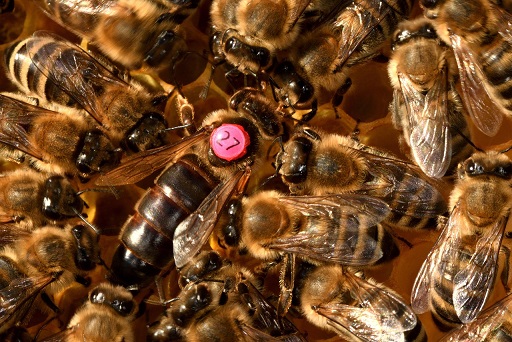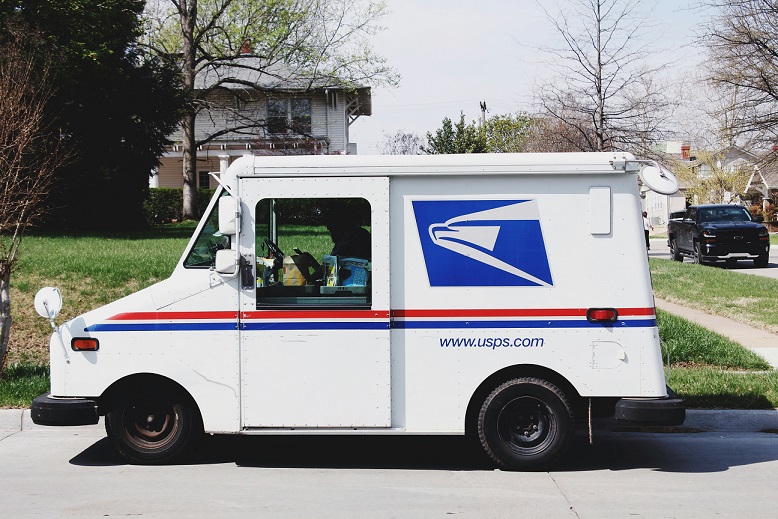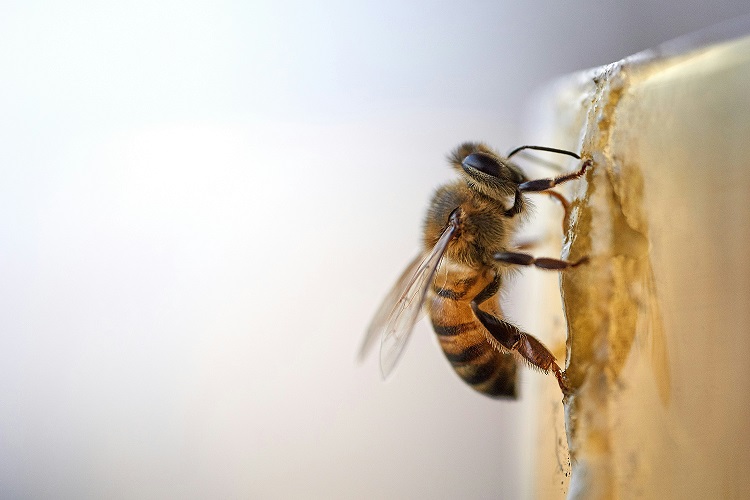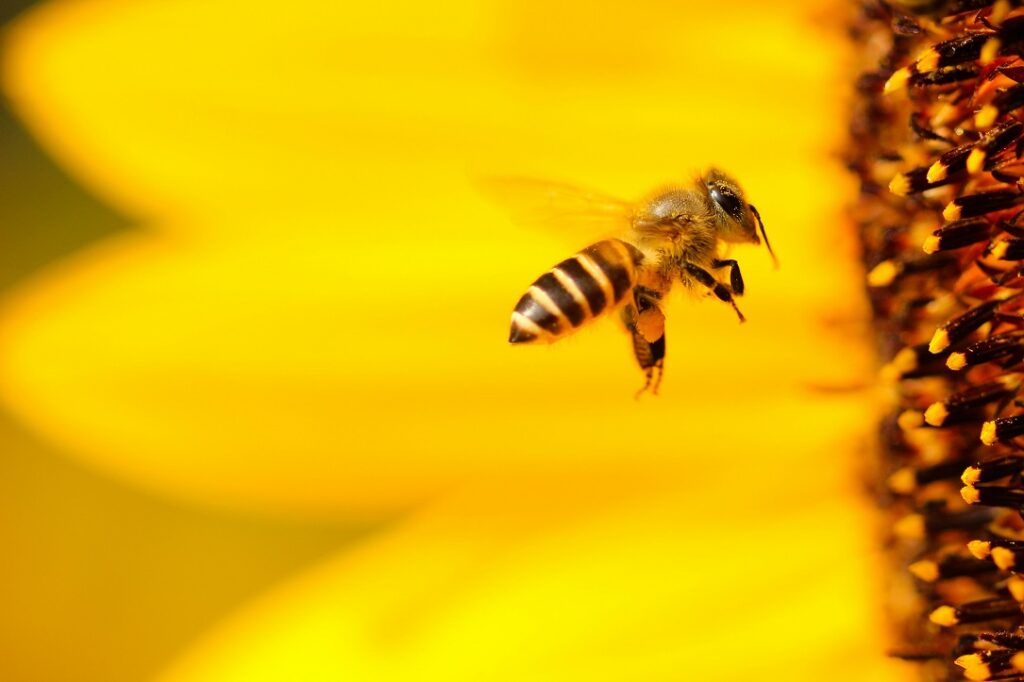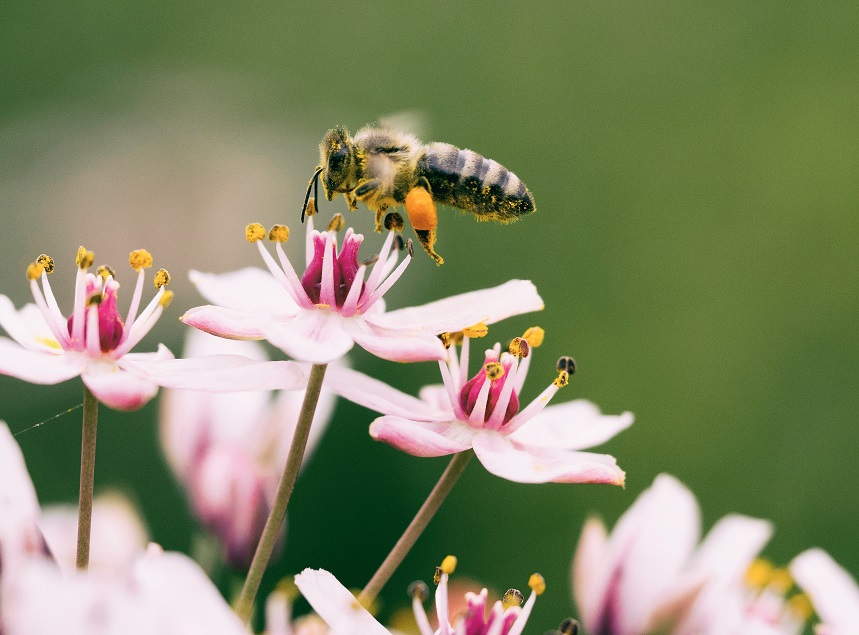Bee News
Sweet Temptations
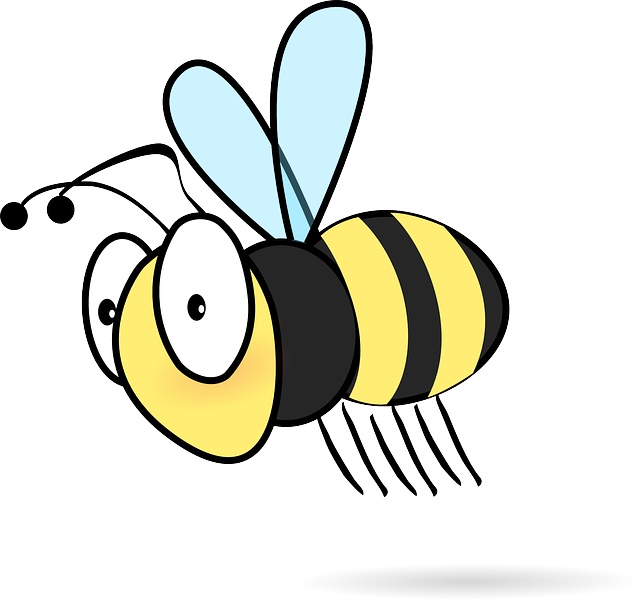


Enter the enchanting world of honey bees, where the delicate balance of nature intertwines with human interventions in unexpected ways. Amidst the vibrant tapestry of blooming flowers and buzzing pollinators, a fascinating phenomenon emerges when nectar flow diminishes, and honey bees turn to unconventional sources in their quest for sustenance. Join us on a journey that explores the captivating connection between honey bees and sodas, shedding light on a curious behavior that highlights the resilience and adaptability of these remarkable pollinators.
Honey bees are master foragers, tirelessly collecting nectar and pollen from a diverse array of flowers to sustain their colonies and produce golden honey. During periods of abundant nectar flow, bees thrive on the blooming bounty of floral sources, pollinating plants and transforming nectar into sweet honey through their remarkable alchemy. However, when environmental factors such as seasonal changes or urban development lead to a reduction in floral abundance, honey bees face challenges in finding adequate sources of nectar to meet their nutritional needs.
In their resourcefulness, honey bees exhibit a remarkable ability to adapt to changing conditions by seeking out alternative sources of sugar when traditional nectar flow diminishes. While flowers are the primary source of nectar for bees, these industrious pollinators may turn to a variety of sugar substitutes in their quest for energy and sustenance. In urban environments and agricultural landscapes where floral diversity may be limited, honey bees have been observed exploring unconventional sources of sugar, including sweet liquids such as sodas and sugary residues left behind by human activities.
As honey bees navigate urban landscapes and agricultural settings in search of sugar-rich sustenance, they may encounter tempting yet unconventional sources of sweetness, such as sodas and sugary beverages. The allure of high-fructose corn syrup and artificial sweeteners in sodas can provide a quick energy boost for bees, albeit lacking the nutrient diversity and natural benefits found in floral nectar. While the consumption of sodas by honey bees is a fascinating phenomenon that highlights their adaptability in the face of shifting environmental conditions, it also raises questions about the long-term implications of consuming human-made sugars on bee health and behavior.
While the sight of honey bees indulging in sodas may pique curiosity and spark conversation about their resilience in challenging environments, it also underscores the importance of preserving natural habitats and promoting floral diversity to support healthy bee populations. As stewards of the environment, we play a crucial role in enhancing bee-friendly landscapes, planting pollinator-attractant flowers, and raising awareness about the nutritional needs of honey bees to ensure their well-being and pollination services for generations to come.
As we marvel at the adaptive strategies of honey bees in their quest for sustenance, let us reflect on the intricate interconnectedness of the natural world and human impact on pollinator health. By nurturing bee-friendly environments, fostering biodiversity, and cultivating a deeper understanding of honey bee behavior, we can embrace a harmonious coexistence with these vital pollinators and celebrate the resilient spirit of bees in the face of evolving ecosystems. Let the curious dance of bees and sodas serve as a reminder of the delicate balance between nature’s wonders and human interactions, inspiring us to tread lightly and tread consciously in the enchanting realm shared by honey bees and the sweet temptations they may encounter.


